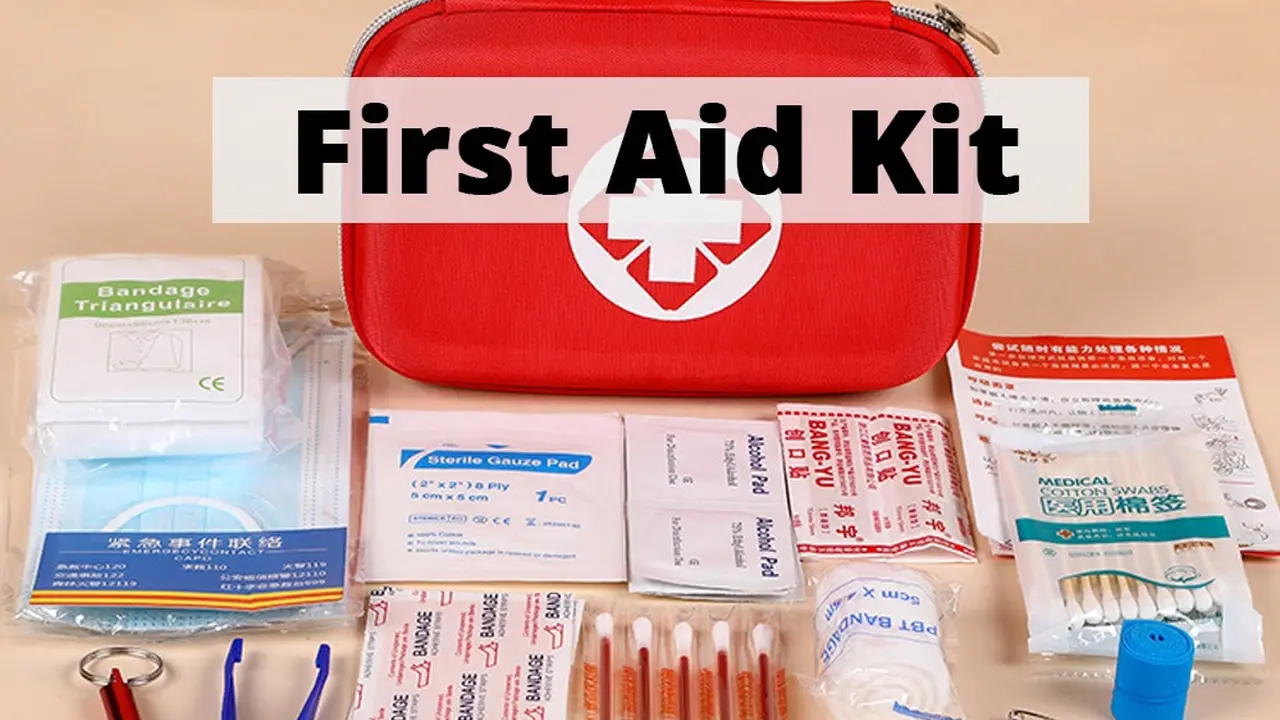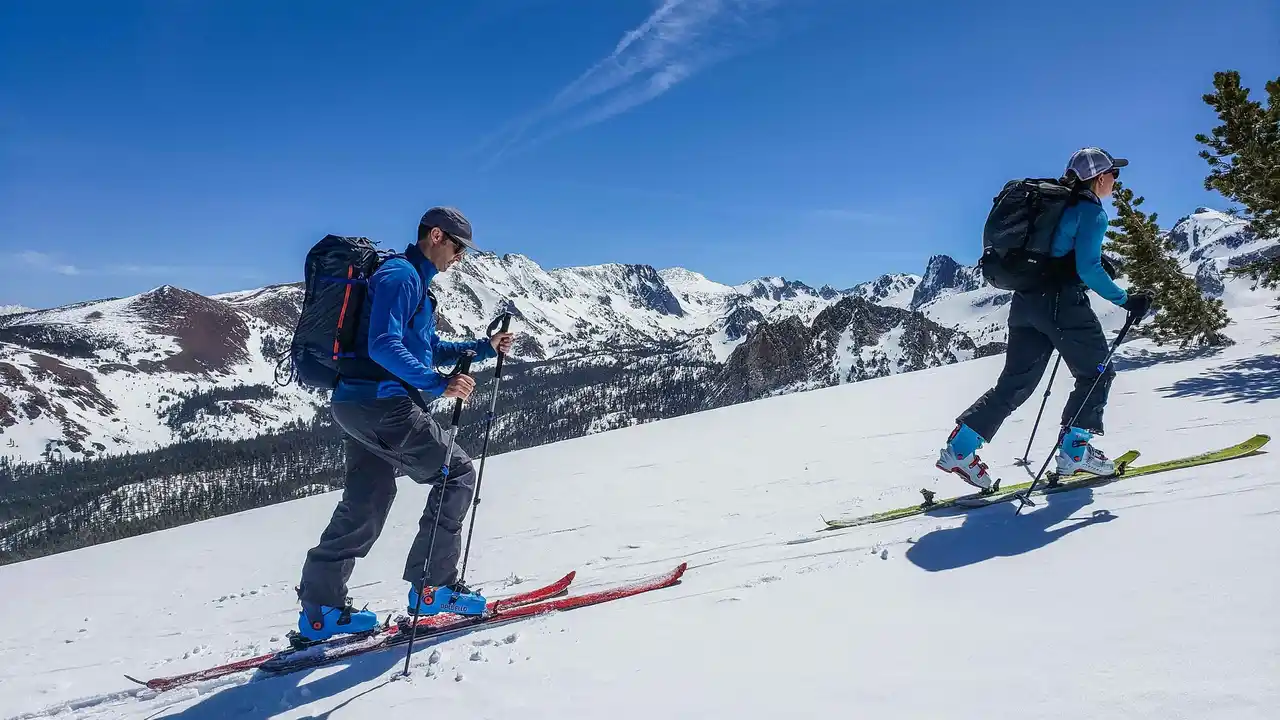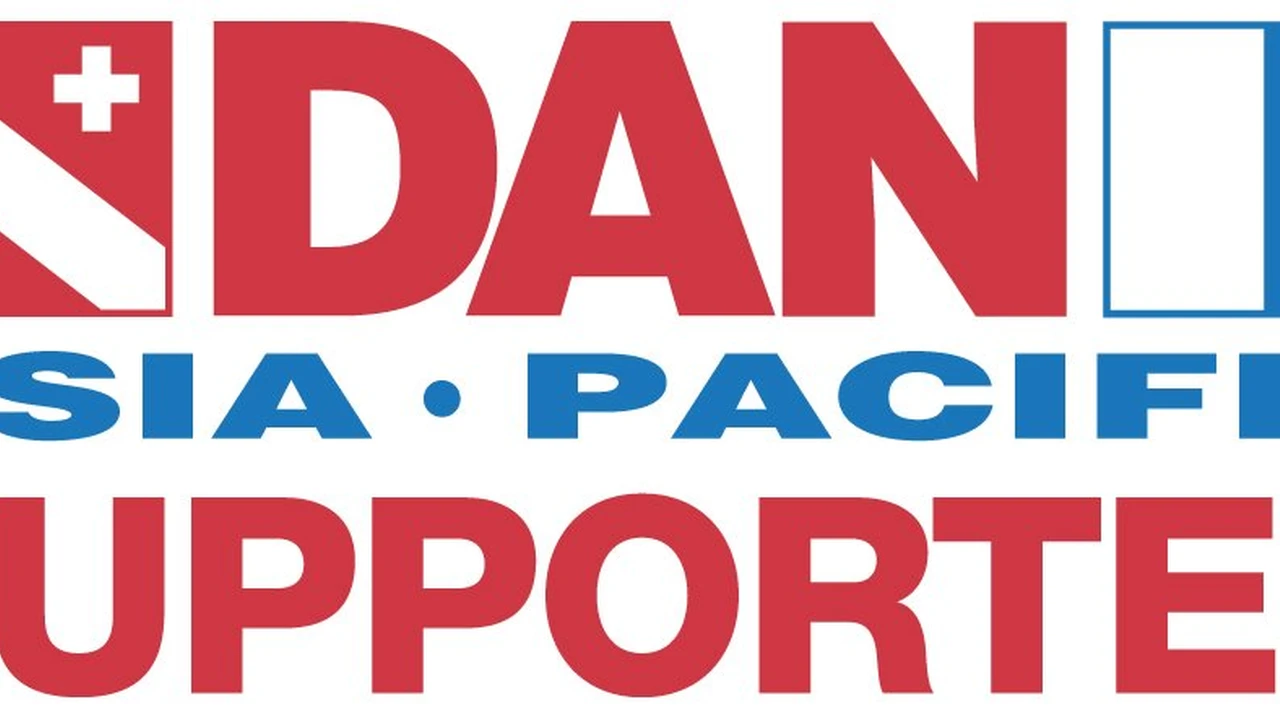Best First Aid Kits for Outdoor Emergencies
Be prepared for anything with the best first aid kits for outdoor emergencies. Essential supplies for safety on your adventures.

Best First Aid Kits for Outdoor Emergencies
Why a Reliable First Aid Kit is Your Adventure Lifeline
When you venture into the great outdoors, whether it's a challenging multi-day trek, a thrilling mountain biking expedition, or a serene kayaking trip, a reliable first aid kit isn't just a good idea – it's an absolute necessity. Accidents happen, and when they do, being prepared can make all the difference between a minor inconvenience and a serious emergency. From a simple blister to a more complex laceration or sprain, having the right supplies at hand can prevent conditions from worsening, alleviate pain, and even save lives. Think of your first aid kit as your adventure lifeline, a compact yet comprehensive collection of tools and medications designed to address common injuries and illnesses you might encounter far from medical facilities. It's about self-reliance and ensuring you and your companions can handle unexpected situations with confidence.
Understanding Different Types of First Aid Kits for Various Adventures
Not all first aid kits are created equal. The type of adventure you're embarking on, its duration, the number of people involved, and the remoteness of your location should all influence your choice. Generally, first aid kits can be categorized by their intended use and size:
Day Trip First Aid Kits Essential for Short Excursions
These are compact and lightweight, designed for short hikes, trail runs, or single-day outdoor activities where you're not too far from civilization. They typically contain essentials for minor cuts, scrapes, blisters, and pain relief.
Multi Day Backpacking First Aid Kits Comprehensive for Extended Trips
Larger and more comprehensive, these kits are built for multi-day backpacking trips, camping, or longer expeditions. They include a wider range of supplies for more serious injuries, such as sprains, deeper cuts, burns, and a broader selection of medications.
Group and Expedition First Aid Kits Robust for Larger Parties
Designed for larger groups or extended expeditions into remote areas, these kits are the most robust. They contain a significant quantity of supplies, specialized tools, and often include items for treating more severe trauma or chronic conditions that might affect group members.
Key Components Every Outdoor First Aid Kit Needs
Regardless of the kit's size, certain core components are universally essential. Here's a breakdown of what you should look for:
Wound Care Supplies for Cuts and Abrasions
- Adhesive bandages (various sizes)
- Sterile gauze pads (2x2, 4x4 inches)
- Adhesive tape
- Antiseptic wipes or solution (e.g., povidone-iodine or chlorhexidine)
- Butterfly closures or steri-strips for closing small wounds
- Non-stick pads
- Roller bandages (e.g., elastic bandage for sprains)
Blister Treatment and Prevention for Foot Health
- Moleskin or blister pads (e.g., Compeed)
- Antiseptic wipes
- Small scissors
Pain Relief and Medications for Common Ailments
- Pain relievers (e.g., ibuprofen, acetaminophen)
- Antihistamines for allergic reactions
- Anti-diarrhea medication
- Antacids
- Any personal prescription medications
Tools and Instruments for Practical Application
- Tweezers (for splinters, ticks)
- Small sharp scissors
- Safety pins
- Disposable gloves
- CPR face shield
- Thermometer
Emergency and Survival Items for Unexpected Situations
- Emergency blanket (mylar)
- Whistle
- Small flashlight or headlamp
- Duct tape (small roll)
- Water purification tablets (as a backup)
Top Recommended First Aid Kits for Outdoor Enthusiasts
Let's dive into some of the best first aid kits available on the market, comparing their features, ideal use cases, and approximate pricing. Keep in mind that prices can vary based on retailers and specific configurations.
Adventure Medical Kits AMK Ultralight Watertight .7 The Lightweight Champion
Description: This kit is a favorite among ultralight backpackers and day hikers. It's incredibly compact and lightweight, designed to be watertight, protecting its contents from rain and splashes. It's packed with essential supplies for one to two people on trips up to two days.
Ideal Use: Day hikes, trail running, short backpacking trips, kayaking, or as a supplemental kit for a larger group.
Key Features: DryFlex bag for waterproofing, comprehensive wound care for its size, blister treatment, pain relief, and basic tools. It includes items like moleskin, various bandages, antiseptic wipes, ibuprofen, and safety pins.
Pros: Extremely lightweight, waterproof, well-organized, high-quality components.
Cons: Limited supplies for more serious injuries or longer trips, not suitable for large groups.
Approximate Price: $25 - $35 USD
MyMedic MyFAK First Aid Kit The Versatile Performer
Description: MyMedic is known for its high-quality, modular first aid kits. The MyFAK (My First Aid Kit) is a versatile option that comes in various sizes and can be customized with different modules. It's designed for a wide range of outdoor activities and can handle more significant injuries than basic kits.
Ideal Use: Multi-day backpacking, camping, car camping, family adventures, or as a base camp kit.
Key Features: Durable, water-resistant outer shell, internal organization with clearly labeled pouches, a wide array of wound care, trauma supplies (e.g., tourniquet in some versions), medications, and tools. Customization options allow you to add specific modules like a 'Bleeding' module or 'Burn' module.
Pros: Highly customizable, excellent organization, very durable, comprehensive for its size, high-quality medical-grade supplies.
Cons: Can be heavier and bulkier than ultralight options, higher price point.
Approximate Price: $120 - $250 USD (depending on size and modules)
REI Co-op Backpacker First Aid Kit The Reliable All-Rounder
Description: REI's own brand first aid kit is a solid choice for backpackers and campers. It strikes a good balance between weight, size, and comprehensive supplies for 1-4 people on trips up to 4 days. It's designed with common outdoor injuries in mind.
Ideal Use: Backpacking, camping, hiking, general outdoor recreation.
Key Features: Well-organized internal pockets, a good mix of wound care, blister treatment, medications, and basic tools. Includes items like gauze, tape, moleskin, pain relievers, and antiseptic wipes. Often comes with a first aid guide.
Pros: Good value for money, well-rounded selection of supplies, compact enough for a backpack, reliable brand.
Cons: Not fully waterproof (though often water-resistant), may need additional specialized items for very remote or long expeditions.
Approximate Price: $40 - $60 USD
SOL Survive Outdoors Longer S.O.L. Bivvy First Aid Kit The Survivalist's Choice
Description: This kit from SOL (Survive Outdoors Longer) combines essential first aid with critical survival tools. It's designed for those who prioritize self-sufficiency and preparedness for unexpected overnight situations. It's compact but packs a punch.
Ideal Use: Solo adventurers, emergency preparedness, adding a survival edge to your existing kit, short trips where unexpected overnighting is a possibility.
Key Features: Includes a lightweight emergency bivvy (shelter), fire starter, whistle, compass, and basic first aid supplies like bandages, antiseptic wipes, and pain relievers. The focus is on immediate survival and basic injury management.
Pros: Combines first aid with survival essentials, very compact, good for minimalist adventurers.
Cons: Limited first aid supplies compared to dedicated medical kits, not suitable for treating serious trauma.
Approximate Price: $30 - $50 USD
Coghlan's First Aid Kit 50 Piece The Budget Friendly Option
Description: Coghlan's offers a very basic, budget-friendly first aid kit. It's a good starting point for very casual outdoor activities or as a supplemental kit for minor issues. It's not designed for serious emergencies but covers the absolute basics.
Ideal Use: Picnics, short walks in the park, car glove compartment, very light day trips where medical help is easily accessible.
Key Features: Contains a small assortment of bandages, gauze, antiseptic wipes, and a few pain relievers. Very simple and straightforward.
Pros: Very inexpensive, extremely compact, good for absolute basic needs.
Cons: Very limited supplies, not suitable for anything beyond very minor injuries, quality of components may not be as high as premium brands.
Approximate Price: $5 - $15 USD
Customizing Your First Aid Kit for Specific Needs
While pre-packaged kits are convenient, the best first aid kit is often one you've customized to your specific needs. Here's how to do it:
Assessing Your Adventure Profile and Risk Factors
Consider the type of activity (e.g., climbing vs. hiking), the remoteness of the location, the duration of the trip, and the number of people in your group. Are you prone to certain injuries? Do you have allergies or chronic conditions?
Adding Personal Medications and Specialized Items
Always include any personal prescription medications (e.g., inhalers, EpiPens, insulin) and over-the-counter medications you regularly use. If you have specific medical training (e.g., WFR, WFA), you might add more advanced items like a blood pressure cuff or stethoscope, but only if you know how to use them.
Considering Environmental Factors and Climate
For cold climates, add hand warmers, extra layers, and specific medications for cold-related issues. For hot, humid environments, focus on hydration supplies, electrolyte tablets, and insect bite relief. High altitude trips might require altitude sickness medication.
Regularly Checking and Replenishing Supplies
First aid kits aren't a 'set it and forget it' item. Regularly check expiration dates on medications and sterile supplies. Replenish anything you've used. A good practice is to do a full inventory before and after every major trip.
Essential First Aid Skills to Complement Your Kit
Having a well-stocked first aid kit is only half the battle. Knowing how to use its contents effectively is crucial. Consider taking a wilderness first aid course. These courses teach you how to assess injuries, manage pain, treat wounds, and handle emergencies in remote settings where professional medical help might be hours or days away. Look for certifications like Wilderness First Aid (WFA) for shorter trips or Wilderness First Responder (WFR) for more extensive expeditions. Even a basic first aid and CPR course can provide invaluable skills for everyday emergencies and outdoor adventures.
Maintaining and Storing Your First Aid Kit for Longevity
Proper maintenance ensures your kit is ready when you need it. Store it in a cool, dry place away from direct sunlight. Keep it easily accessible in your pack, not buried at the bottom. Consider using a waterproof stuff sack or dry bag for added protection, especially for water-based activities. Label your kit clearly so it's easily identifiable in an emergency. A well-maintained kit is a reliable kit, and reliability is paramount when it comes to safety in the wild.
Final Thoughts on Outdoor Emergency Preparedness
Ultimately, your first aid kit is a critical component of your overall outdoor emergency preparedness strategy. It's an investment in your safety and the safety of those you adventure with. Don't skimp on quality or preparation. Take the time to assemble a kit that meets your specific needs, learn how to use its contents, and maintain it diligently. With the right kit and the right skills, you can face the unpredictable nature of the outdoors with greater confidence and peace of mind, knowing you're ready for whatever comes your way.
:max_bytes(150000):strip_icc()/277019-baked-pork-chops-with-cream-of-mushroom-soup-DDMFS-beauty-4x3-BG-7505-5762b731cf30447d9cbbbbbf387beafa.jpg)






